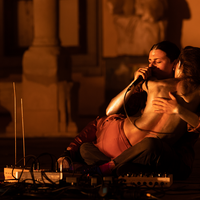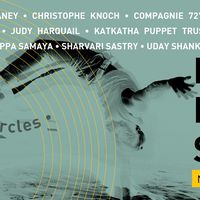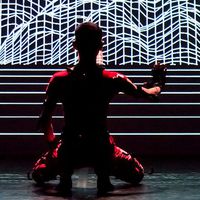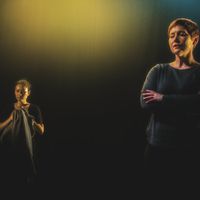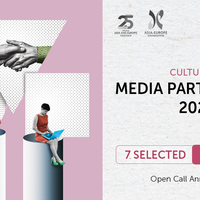The importance of documenting & archiving the performing arts
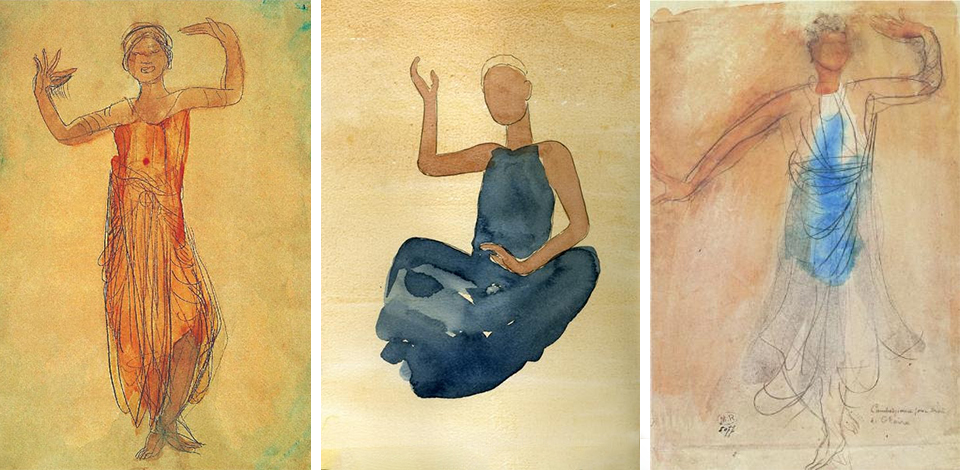
Chloe Chotrani is a movement artist and writer based in Singapore. She has set up the performing arts archive, Talking Circles, a digital archive of performing artists from South, Southeast Asia and its Diaspora. A continuous work in progress, the archive stands as a blog – Talking Circles; where you can find informal interviews of performing artists where we talk about social, political, artistic and economic values in their practice. Talking Circles was created from an affinity with Southeast Asia. Beyond the digital, Talking Circles works on the field – sourcing writers from fringe areas of Southeast Asia such as West Sumatra, Mindanao and East Timor for potential guest contributors for a wider spectrum of inclusivity.
Chloe explains why it is so important to document the performing arts which are by nature ephemeral and therefore difficult to capture and archive.
Why is it important to document and archive the performing arts?
The body continuously explores time and space. It holds our history, if we listen closely. As a movement practitioner, I have spent my life listening to my body speak. My gut tells me what feels right. However, most people don’t listen to the body in this deep sense because we are too busy and “cannot afford” to. In this landscape of crisis in the environment, violence towards women and deep systemic problems, we have to confront issues on an internal level, too. Meaning to say – the body is an archive we have access to. It holds our narratives, cultural conditions, environment, ancestry, heritage, perspectives, trauma and healing.
For there to be continuity and a sense of history for us to move forward, performance has to exist beyond the borders of the stage, to be able to reach people outside audiences in the black box, outside the echo-chamber. While, the visual arts are able to develop a thorough discourse due to their historical archives, dance is true to its transformational nature, constantly dealing with movement and change.
“Can dance as an art form contribute to a change in archival practice?” – Siobhan Davies, artistic director of Siobhan Davies Dance
The performing arts is the most vulnerable art form because of its ephemeral nature. It is also the reason why it is pure, always experienced best live. The two dimensional takes away its energetic qualities but it also transforms into a new medium and new language in itself. The performing arts: dance, music, theatre or movement practices teach us empathy, collaboration and understanding on a kinesthetic and sensorial level.
History has taught us about dance through archiving in different mediums: architecture, sculpture and material culture. The apsaras carved on the walls of Angkor Wat in Cambodia, teach us about how culture has been passed from India to Cambodia. The ancient seals of yoginis were proof that yoga was being practiced in the Indus Valley civilisation by women and men. Archiving and documentation has taught us about movement practices of the past and allows us to have a stronger sense of ancestry and history. Maybe, breaking a few rules and allowing tradition to be tested along the way. I would disagree that art is meant to merely be kept in museums, fossilised. We have to bring it into the contemporary: How is this connected to us, our bodies as individuals and as a society in the present?
I quote Chandrelekha (1928-2006) dancer and choreographer from India: “tradition has to be tested under the light of the sun, we have to hold it up and see what relevance it has in our life today.”
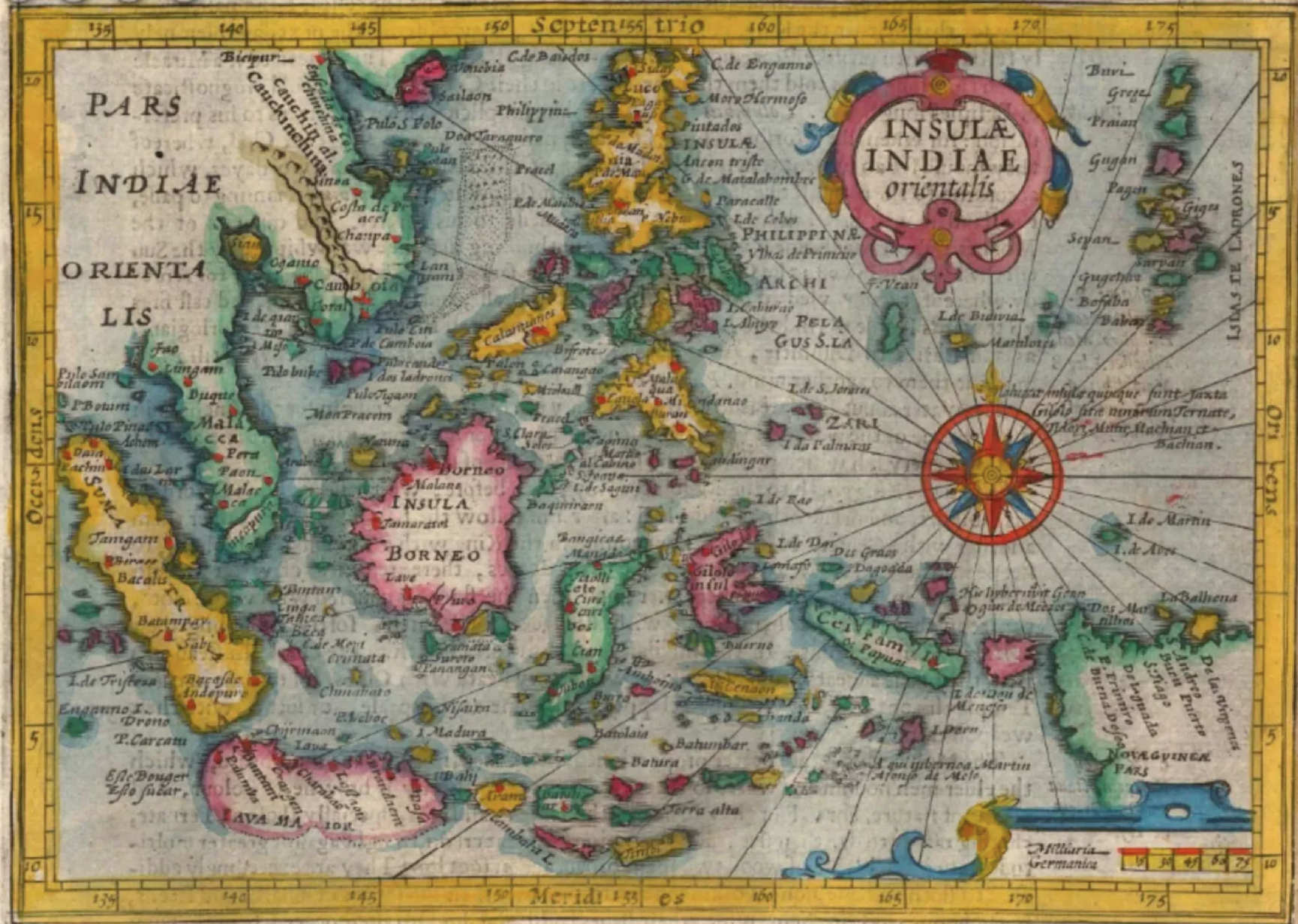
Why specifically Southeast Asia?
“When something is specific, it becomes universal” –Germaine Acogny, Mother of Contemporary African Dance
By concentrating on this region, I find there to be freedom in this restriction. Globalisation has forced me to confront the cultural amnesia that is found in our people due to colonial mentality. It is a choice to advocate for movements and practices by working within the shores of this unique corner of the world.
This research within the movement landscape of South, Southeast Asia and its Diaspora will potentially unearth connections by building a digital database both on the web and on the fields. The body in relationship to the land is an intrinsic idiosyncrasy that is being explored. As well as weaving the migratory patterns in the Diaspora and dynamics between Asia and Europe.
How does this interlink with Europe?
To reconnect both the Diaspora circles and the local circles is a radical encounter for both Asia and Europe. There is a longing for rootedness from the Diasporas and a sense of flight from the locals. This exchange could lead to potential collaborations, mentorships, residencies and a wider, connected and supportive network of performing artists between Asia and Europe.
Chloe is a movement artist and writer based in Singapore. She was a dance artist scholar with Romancon Dance Company of De La Salle – College of Saint Benilde in Manila and has worked with Legit Status Philippines, B Supreme London, Omi International Dance Collective, Evidence Dance Community and Movement Research in New York. Her embodied research is oriented towards her ancestry, eco-feminism and the movement landscape of South/east Asia. She holds a Postgraduate Diploma in Asian Art from the School of Oriental and African Studies, London.
http://chloechotrani.com
http://talkingcircles.info
Similar content
By Kerrine Goh
09 Oct 2023
from - to
04 Oct 2018 - 06 Oct 2018
By culture360
17 Jan 2020
posted on
21 Feb 2020
posted on
09 Mar 2023

